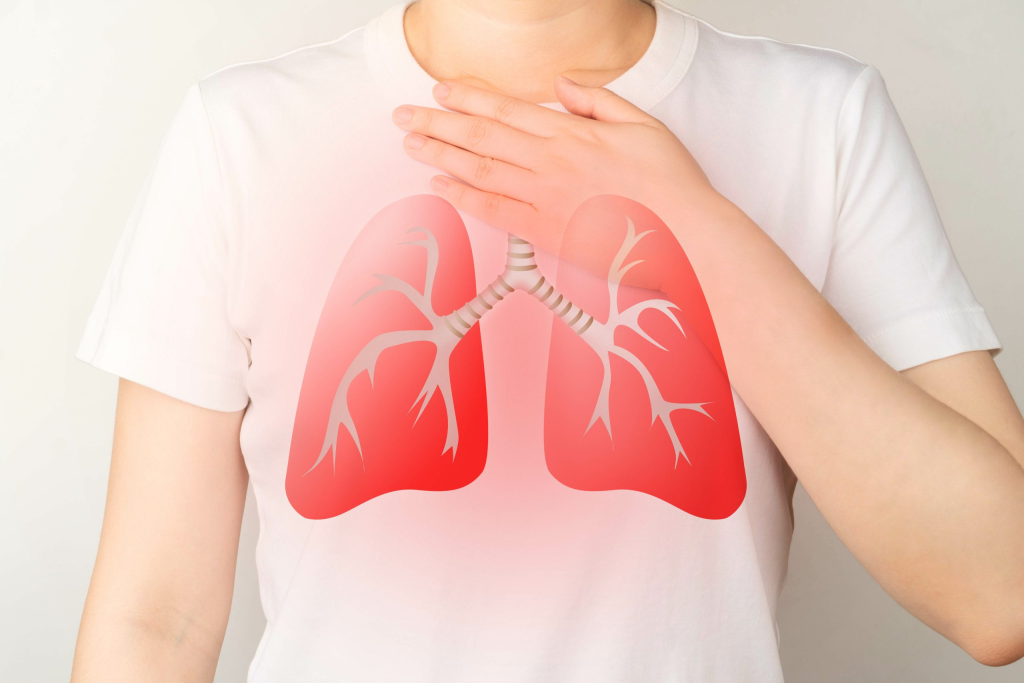Abstract

Parametric response mapping (PRM) on computed tomography (CT) is an imaging technique for assessing small airway disease (SAD) and emphysema in chronic obstructive pulmonary disease (COPD). This study was aimed to examine the relationship between individual spirometry components decline and PRM-CT-derived data changes over a 6-year observation period in mild and moderate COPD patients using a COPD cohort chronically exposed to dust. This study utilized longitudinal data of the COPD in Dusty Areas (CODA) cohort from 2012 to 2014. COPD was confirmed by a post-bronchodilator forced expiratory volume in one second (FEV1) over forced vital capacity (FVC) value < 0.70. Among the 427 included patients, 106 with 6-year follow-up PRM CT data and having mild (FEV1% of the predicted value [%pred] ≥ 80) or moderate (FEV1%pred 50 to < 80) airflow limitation were analyzed. PRM CT metrics, including percentage of emphysema (PRMemph) and functional small airway disease (PRMfSAD), were also assessed. A positive correlation was found between baseline log-transformed PRMfSAD and PRMemph, which was stronger in patients with moderate airflow limitation. Over the 6-year follow-up, every 10% increase in PRMfSAD was associated with a significant decline in FVC (− 8.0 mL/y, P = 0.016) and FEV1 (− 6.0 mL/y, P = 0.001). This association was only significant in moderate COPD patients (FVC: −26.6 mL/y, P < 0.001; FEV1: −11.8 mL/y, P = 0.002). There was the greater relative contribution of PRMfSAD to lung function decline in moderate COPD compared to mild COPD, suggesting that the utility of PRM CT may differ according to COPD severity even in early stage of COPD.
Leave a Reply